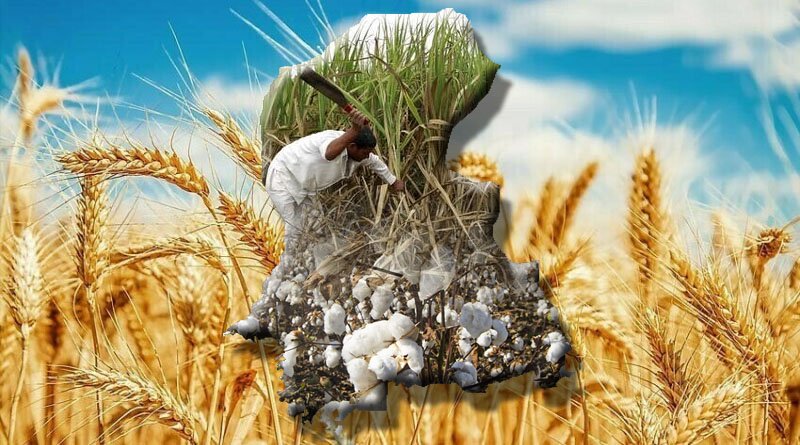If current irrigation and cropping practises are not changed, agricultural water use, which already accounts for 90% of water withdrawals, is expected to increase significantly.

Sindh, with a population of 50.4 million people, is critical to Pakistan’s economy. Irrigated agriculture is the backbone of Sindh’s rural economy; 77% of agricultural land in Sindh is irrigated; however, limited water resources are not used efficiently.
An estimated 60–75% of withdrawn water is lost due to evaporation of surface water or seepage into saline groundwater. Sindh is experiencing severe water scarcity, particularly during the summer months preceding the monsoon. If current irrigation and cropping practises are not changed, agricultural water use, which already accounts for 90% of water withdrawals, is expected to increase significantly.
Sindh’s agriculture sector has also been devastated by the 2022 floods, and farmers require immediate rehabilitation assistance.
According to the Asian Development Bank, EU, UNDP, and World Bank Post-Disaster Needs Assessment, Sindh province accounted for roughly 70% of total damages and losses in Pakistan. Sindh’s total needs assessment for post-flood recovery and reconstruction is US$7.9 billion, the highest of any province.
The irrigated agriculture and food sector—the backbone of Sindh’s economy—has been devastated by the 2022 floods. Without support for recovery in the sector, jobs and livelihoods could be impacted in the short term, and food security could be affected in the long term.
Irrigation and flood protection systems that served over 500,000 farmers on 5.1 million hectares of farmland were severely damaged. More than 538 irrigation and 234 drainage systems were destroyed, totaling an estimated 7,300 kilometres of canal.
90 flood protection structures have been washed away, leaving agricultural land and millions of homes vulnerable to future rains.
Many small farmers rely on their crop production to help meet household food security needs. The widespread destruction of crops and loss of livestock is putting cumulative pressure on food security in the province.
The Sindh Water and Agricultural Productivity Project aims to increase agricultural water productivity – the amount of crop grown per drop of irrigation water – in selected Farmer’s Organizations (FOs) in Sindh. This will require improving irrigation water delivery and making on-farm improvements.
Higher agricultural water productivity would allow farmers to make more money with the same quantity of water, potentially freeing water for other uses. The selected FOs could provide an example for how agricultural water productivity improvements could be replicated in other FOs and parts of Sindh.
The project will also support legal and policy changes to allow for more integrated and participatory management of Sindh’s limited water resources. A restored agricultural production system after the 2022 floods will lay the foundation for future transformation in the sector.
The project will directly benefit up to 385,000 households (approximately 1.9 million people). An estimated 99% of these households are either small- or medium-sized farmers (i.e., less than 25 acres or 10 hectares). These households provide significant employment for landless agricultural workers, who disproportionately fall below the poverty line.
Renovating the Akram Wah canal will benefit approximately 50,000 farming households by improving irrigation water supply reliability. It will also help ensure a reliable raw water supply for towns and cities that draw upon the canal, including Hyderabad, which has a population of around 2 million.
